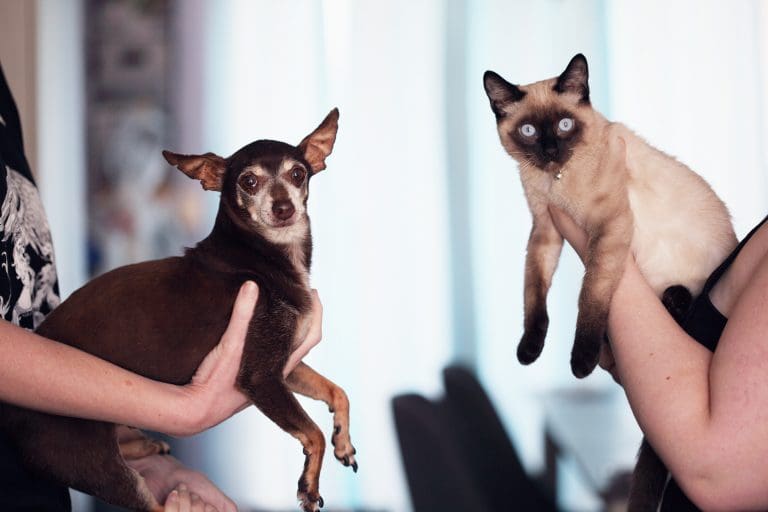Why Does My Dog Stick His Tongue In And Out Like A Snake?
Post Date:
December 10, 2024
(Date Last Modified: December 10, 2024)
If you’ve noticed your dog sticking his tongue in and out like a snake, you’re not alone. This amusing behavior can seem puzzling, but it’s often rooted in your dog’s unique way of communicating. Observing the context of this behavior is key to understanding what your furry friend is trying to express.
Temperature Regulation
One primary reason dogs stick their tongues out is to regulate body temperature. Unlike humans, dogs don’t sweat; they cool off by panting. When panting, the tongue hangs out to allow moisture to evaporate, which helps lower body heat. You’re likely to see this behavior more often during hot weather or after vigorous play. If your dog is flicking his tongue in and out instead of panting, it may signal anxiety or stress.
Excitement and Anticipation
Dogs are expressive creatures, and their physical actions often reflect their emotions. If your dog is anticipating a treat or playtime, you might see him flicking his tongue in and out. This behavior can also indicate enthusiasm when he encounters a favorite person or another dog.
Curiosity and Exploration
Dogs explore the world through their mouths and noses, and sticking out their tongues can reflect curiosity. If your dog is outside and comes across intriguing scents, he might flick his tongue in and out as he investigates. This is just one way dogs take in their surroundings.
Health Considerations
While this tongue movement can be a normal behavior, it may also indicate health issues if it occurs frequently or is accompanied by other symptoms. Excessive drooling, difficulty eating, or discomfort could warrant a visit to the veterinarian. Oral health problems or injuries might cause unusual tongue movements, so it’s crucial to keep an eye out for changes.
Neurological conditions can also impact how a dog uses his tongue. If you observe other unusual behaviors, such as coordination issues, changes in appetite, or altered behavior, it may be time to consult a vet.
Individual Differences
Every dog is unique, and their behaviors can vary greatly based on personality, breed, and individual quirks. Some dogs may develop the habit of sticking their tongues in and out over time, while others might do it to seek attention. Consider the circumstances when you catch your dog in this act—there could be specific triggers involved.
Certain breeds, particularly those known for their playful and expressive nature like beagles or terriers, may be more prone to this behavior. Understanding your dog’s breed can provide insight into his quirks and tendencies.
Enhancing Your Dog’s Environment
If you’re concerned about your dog’s behavior, consulting a veterinarian can provide clarity on whether it’s typical or a sign of an underlying issue. Prioritizing your dog’s health and happiness is essential.
To help your dog feel comfortable and confident, provide ample opportunities for exercise and mental stimulation. Regular walks, playtime, and interactive toys can keep your dog engaged and reduce stress. A well-exercised dog tends to be a happier dog, which can lead to a decrease in unusual behaviors.
Creating a calm and safe environment is also vital. If anxiety seems to trigger your dog’s tongue flicking, design a cozy space where he can retreat and feel secure, such as a quiet corner or a comfortable bed.
Observing Behavior
When you catch your dog sticking his tongue in and out, take a moment to observe the situation. Is he panting from exercise, excited about a treat, or displaying signs of anxiety? Understanding the context allows you to respond appropriately and keep your dog content and healthy.
By paying attention to your dog’s body language and behaviors, you can strengthen your bond and create a fulfilling life together. Enjoying playtime, going for walks, or simply relaxing side by side can deepen your connection with your furry friend. Your awareness of his behaviors will enhance your relationship and ensure mutual happiness.






